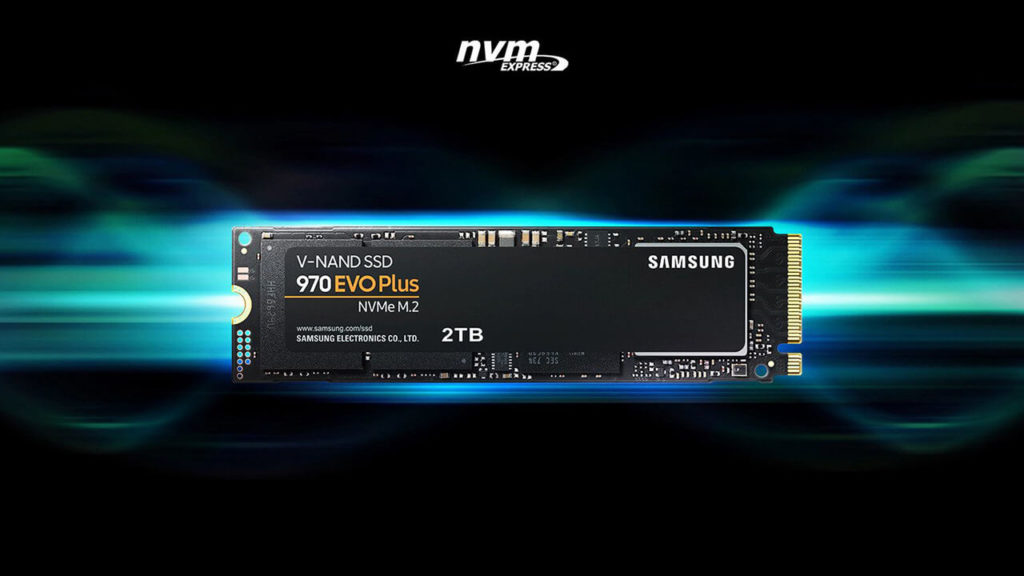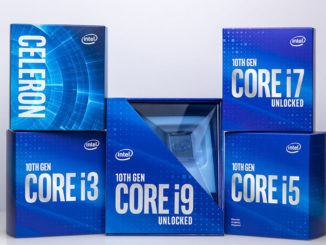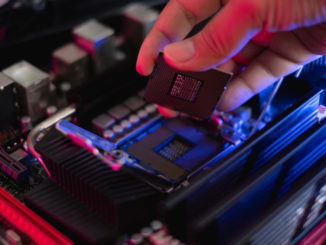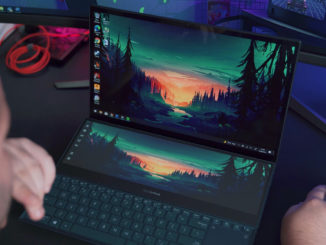So, when you said to your friends that you’re going to start your career as a video editor soon, they told you to switch to SSD from Hard Drives. You probably thought, why would you switch to SSD when you’ve got as much as 1 TB of Hard Disk Drive.
Well, we’ve all been there, mate. Even we thought about this stuff before switching to SSDs, but when we did, everything changed. The performance, speed, and storage were mind-boggling.
Now, the question is, do you need an SSD for video editing? Why is it important? If you need it, how much will be enough for you? Well, that’s what we’re going to talk about today.

Table of Contents
Is an SSD Better for Video Editing?
If you have edited videos using hard-disk drives, you already know that HDDs sometimes give slower outputs. On the contrary, SSDs are pretty reliable. The Solid-State Drive AKA (SSD) will provide you with a good experience while editing.
For professional video editors, SSD might be a handy choice. If your projects are in between HD1080p to 4K, 1TB SSD is enough to satisfy you. But if your video editing projects are over 4K or 8K, you may have to purchase a higher capacity SSD.
You will agree with me that it is suffocating to wait for your video to render while editing in hard-disk drives.
These edited files not only take a huge space but also bores you with their slow speed. SSDs are most likely to give you faster results and usually take less time to render.
SSDs are better for video editing, but there has to be enough storage. For example, suppose you have a 250GB SSD and a 1TB HDD. If your HDD has enough storage, it will yield much compared to your full 250GB SSD.
Lagging? Well, it is one of the most common issues while using HDDs for editing. But if you get an SDD drive, it prevents lagging. An SSD will help your computer to read and write the files without any lags.
If you compare HDDs and SSDs in terms of data transfer rates, the answer is SSDs are faster. This is because an SSD will satisfy you with a much quicker and higher speed in IOPS (input/output operations per second) than a typical HDD.
Is 512GB SSD Enough for Video Editing?
For video editing, installing a 512GB SSD might come in handy. It depends on various factors whether a 512GB SSD is enough or not. If your work volume is average and your SSD has not been used up to 75% drive capacity, it will yield you. Plus, if pre-comp-file sizes are around 10 GB, a 512GB SSD is enough.
If you store your RAW files and the auxiliaries that you do not need quite often in an external drive, a 512GB can easily accommodate your working files and give you a better result.
4K or HD uncompressed video generally takes a huge space. So even a 512GB SSD is not enough to store an adequate amount of HD/4K uncompressed videos.
Prices pulled from the Amazon Product Advertising API on:
Product prices and availability are accurate as of the date/time indicated and are subject to change. Any price and availability information displayed on [relevant Amazon Site(s), as applicable] at the time of purchase will apply to the purchase of this product.
If you can afford that much, then you should go for a 1TB SSD. But if you can’t, a 512GB SSD is not a bad deal at all!
An SSD of 512GB is enough for a Win10 install. Office and Adobe Suite, along with Autodesk software programs, will also run smoothly (Depending on your storage). If you are a Windows user, installing the OS takes about 30GB and spares 480GB.
Assuming you are a content creator, a 512GB SSD is an acceptable deal, and it will do all your work at a good pace.
Higher frame rates and high-resolution videos will require much more storage. If your computer/laptop can take such a workload, installing 512GB will be a smart move.
Is an SSD Important for Video Editing?
If you have edited videos before, you would agree with me that both Solid State Drives and Hard-disk drives can come in handy at times for a video editor.
But to be more precise, an SSD is speedy and a bit expensive, but it will undoubtedly assist you and boost your editing.
There are some key factors that you should always keep in your mind while editing a video. If a sustainable transfer rate is what you demand, an SSD drive will be a thoughtful choice.
An SSD will be a costly option, but it can yield up to 500MB/s sustained transfer speed.
As mentioned earlier, rendering speed is something you should care about. Suppose your HDD takes ages to render a video after editing.
In that case, it is simply killing your crucial time, and you cannot help yourself here. To avoid this, you can install a 250GB or 512GB SATA SSD. It will make your job done on time.
For 1080p and 4K video editing, a 512GB SSD is enough. But if your projects are in the range of 4K to 8K, you should go for 1TB SSDs.
But a higher capacity SSD is only required if your work volume is that much otherwise, you would be investing a lot of money pointlessly.
As you will need quite a lot of storage while editing, you can get an external SSD. There are many external SSDs available in the market. An external SSD not only saves your precious storage but also makes it easier for you to work and edit.
Misplacing or losing your full video edit for a storage issue will be the last thing you would expect. To avoid this, you can purchase a 4TB SSD. It will simply make it easier for you to edit and give you enough space to store your files.
Does SSD Make Video Editing Faster?
The simple answer to this question is YES. Modern SSD uses flash memory to store its data. This makes a vast difference between modern HDDs and SSDs. HDDs are usually handled mechanically to move or write and then access data. Whereas SSDs are super convenient and can write back data more quickly.
Many of the expert editors have found SSDs convenient because of their rapid transfer speed. As you already know that the faster the rate is, the better the edit will be. SSDs will give you the quickest output in time.
Suppose you’re editing a large file (approximately 4K or 8K). You will need faster export and edit.
If you use a Hard-disk drive, it can hit 150MB/s with an access speed of 5000-10000 microseconds. In comparison, a SATA SSD can easily hit 520MB/s – 550MB/s with an access speed of 35-100 microseconds.
| Type of Storage | Sequential Read Speed | Sequential Write Speed |
| 2.5″ SATA HDD | ~150 MB/s | ~150 MB/s |
| 2.5″ SATA SSD | ~550 MB/s | ~520 MB/s |
| M.2 SATA SSD | ~550 MB/s | ~520 MB/s |
| M.2 PCIe Gen 3.0 x4 NVMe SSD | ~3500 MB/s | ~3000 MB/s |
| M.2 PCIe Gen 4.0 x4 NVMe SSD | ~7000 MB/s | ~5000 MB/s |
Undoubtedly modern SSD will yield virtually a hundred times faster than modern HDDs. You can also notice a drastic difference between the file opening time of HDDs and SSDs. Usually, SSDs are about 30% faster.
If you are thinking of upgrading your PC or video editing laptop because of its slow performance, you better think twice, as installing an SSD can only be the solution to your problem.
An SSD not only will give you faster outputs, but it will also do your job in a preferred amount of time and less labor.
If you have suffered from the slow opening and boot-up speed of your Hard-disk drive, there is good news for you! The modern SSDs are way faster. You will also get smooth playback on the SSD.
Conclusion
So, do you need an SSD for video editing? Well, we think you’ve got the answer already. Now, if you have budget issues, no one’s telling you to get an SSD right away.
You can still manage to work with your HDD. However, if you don’t have any problem spending a few more bucks, you should get an SSD.





Be the first to comment